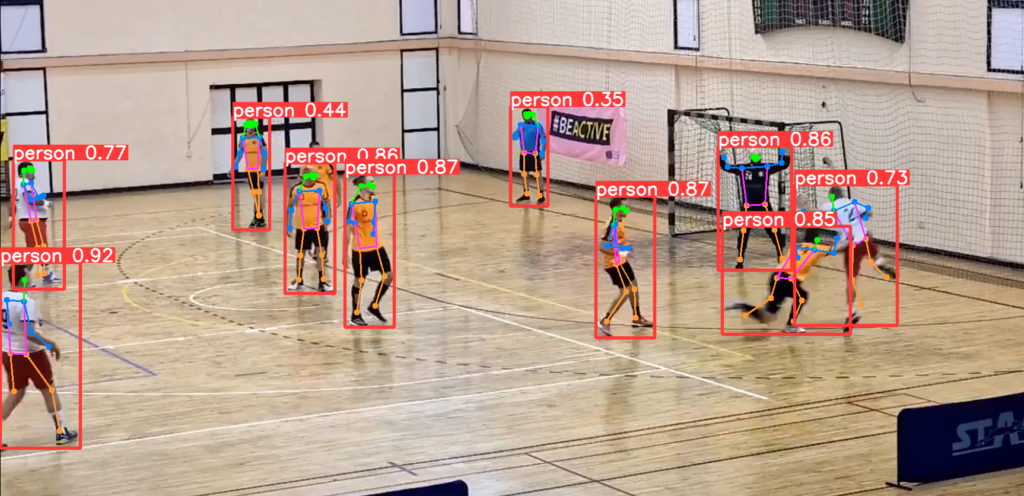For competitive athletes, training is the most crucial factor towards achieving success. Within the training environment, professional athletes collaborate with their coaching staff to fine-tune every aspect of their physical and mental capabilities. With the rapid advancement of technology in sports science, this process of analysis and training is becoming increasingly digitised and automated.
Across the highest levels of sports, one of the latest training methods athletes have been adopting in honing their skills is virtual reality (VR) training. VR training enables athletes to practice in a perfectly controlled environment, helping them build muscle memory and correct mistakes without undergoing strenuous training, and eliminating unpredictability. However, VR training currently demands a substantial financial investment for the design of specialised equipment and the development of proprietary systems, thus limiting its availability.
This study explored the use of VR training by professional athletes and, through the application of artificial intelligence (AI), presents a solution and prototype implementation for the game of handball. The aim of this approach was to render cutting-edge training technology accessible to a wider range of athletes by combining off-the-shelf technology with AI techniques.
A system was developed for analysing a single-source video feed of athletes training or playing in a match, identifying basic mistakes and parameters, and generating an analysis report. This report was then utilised by a second system to create a VR training environment for the players, based on the video analysis. The match-analysis system employed computer vision techniques, such as object detection, pose estimation, and action detection, to locate, track, and analyse the players’ actions.
The gathered information was ultimately used by the VR training system to generate a training environment similar to the one depicted in the analysed video. The result would be adapted to the particular user.

Figure 1. Video-analysis system detecting players and estimating their physical pose

Figure 2. Athlete in virtual reality training environment
Student: Benjamin Joseph Spiteri
Supervisor : Prof. Alexiei Dingli
